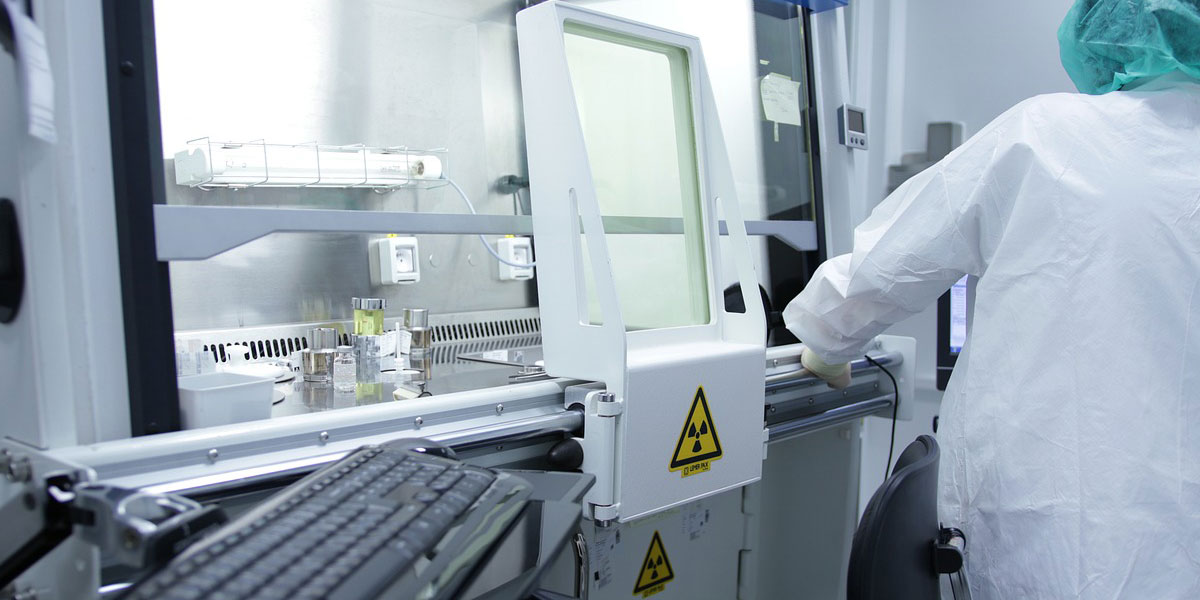Sodium monofluorophosphate ( chemical formula Na2PO3F) is found in the laboratory, not in nature.

Who invented sodium monofluorophosphate?
Information on the inventor of sodium monofluorophosphate cannot be determined.
How is sodium monofluorophosphate made?
There are 4 preparation methods of sodium monofluorophosphate.
1, Melting method:
Raw material:
Sodium metaphosphate (or sodium ortho, pyro, polyphosphate, etc.) and sodium fluoride.
Processes:
- Pre-treatments, including drying, mixing, and other pre-treatments.
- Heating in a reactor to more than 600 ℃.
- Cooling, pulverizing, and sieving.
This method needs high requirements on the process and the equipment material such as platinum, graphite, silver, platinum-rhodium alloy, etc. At present, this is the main method to produce the toothpaste grade sodium monofluorophosphate.
2, Liquid phase neutralization method:
Raw material:
phosphoric acid and alkali (such as soda ash or caustic soda).
Processes:
- Blending, the sodium/phosphorus molar ratio needs to be controlled at 1:1±0.005;
- Neutralization, drying, and polymerization.
- It is mixed and melted with sodium fluoride to get the product of sodium monofluorophosphate.
This method has the advantages of low energy consumption, easy availability of raw materials, low production costs, and is not easy to introduce impurities, the product whiteness is high.
3, Gas-phase fluorination method:
Raw material:
phosphorus pentoxide and sodium oxide.
Processes:
- Mixing the material into the reactor, and then the mixed solution obtained by mixing sodium hexafluorophosphate with a polar solvent is added dropwise to the reactor.
- Heating is carried out at the end of the dropwise addition to obtain the crude product.
- Purifying to obtain sodium monofluorophosphate.
The main content of the sodium monofluorophosphate product prepared by this method is greater than 98% and is suitable for use in the battery industry.
4, Combined preparation method:
Raw material:
phosphorus pentoxide, hydrofluoric acid, and alkali metal source.
Processes:
- Producing difluorophosphoric acid and monofluorophosphoric acid.
- Reacting the resulting mixture with an alkali metal source in an organic solvent to produce difluorophosphate and monofluorophosphate.
- Solid-liquid separation.
This method has few by-products, is simple to operate and has a low cost.
In summary, sodium monofluorophosphate is prepared by a variety of methods, including the melt method, the liquid phase neutralization method, the gas phase fluorination method, and the combined preparation method. Each method has its specific raw materials and process flow, and the choice of which method depends on the specific needs of the product and production conditions. For example, if it is going to be used for toothpaste, then the melting method is needed.


